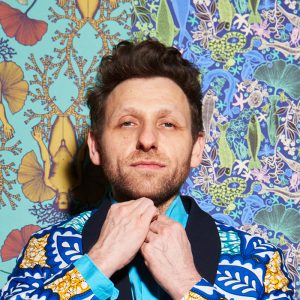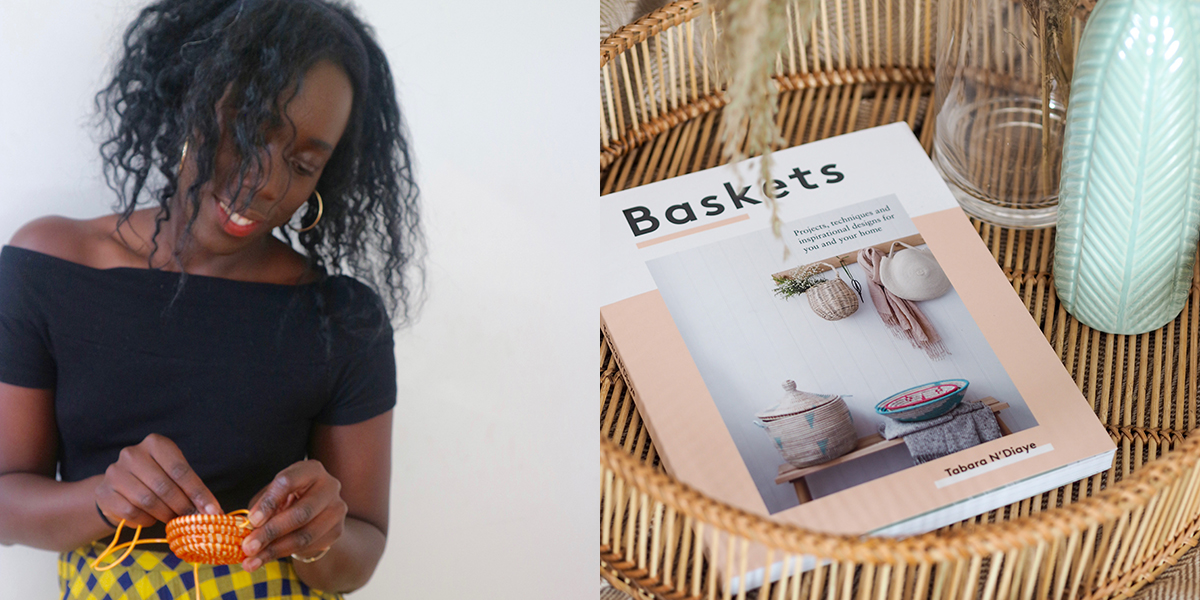Yin yoga has been around for centuries, but it’s not nearly as well known as Bikram or Ashtanga yoga. It’s a very quiet, meditative form of yoga. Journalist Fleur Baxmeier spoke with two trainers about what Yin yoga can do for you and why it’s so popular right now. In issue 12 you can find six questions and answers about Yin yoga. We share one answer below. Today we offer this issue for free with every purchase of €30 or more. Use the discount code yogaday until 22th of June 2017 10 AM (CET).
What makes it different from other forms of yoga?
“In this day and age, the premise is usually ‘If you want something, do your best and work hard to get it.’ Even for relaxation that seems to make sense,” says yoga coach Charissa de Ruijter. Yin yoga shows that it can be different. “You don’t throw all your energy into doing one exercise after the other; you stay far longer on one particular exercise.” You don’t use your body to get into a position, she explains; you use a position to feel your body better. In concrete terms: you stay three to five minutes in the same pose, and in that time you observe yourself, and feel and explore yourself. You learn—as the yoga books describe it so beautifully—“how to find comfort in discomfort.” Or as the famous yoga teacher Bernie Clark says, “Yang is about changing the world, yin accepts the world as it is.”
These are the other five questions of the article:
- Where does Yin yoga come from?
- What does it do for you?
- Why is it suddenly so popular?
- What are the mental effects?
- What stops it from getting boring?
You can find the answers to these five questions in issue 12.
Illustrations Bodil Jane Text: Fleur Baxmeier












